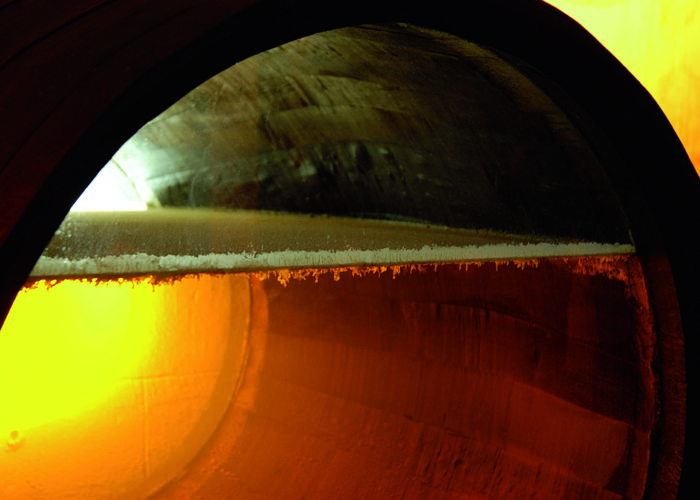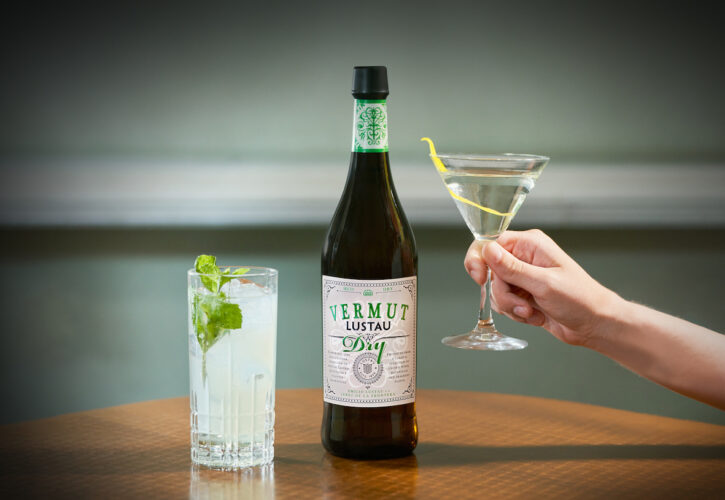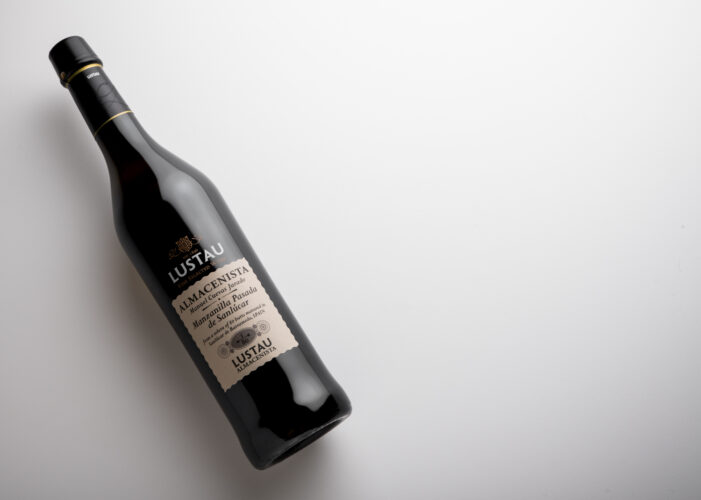It’s that time of year again, when the cold starts to break and warmer weather gradually begins to grace us with its presence.As the seasons change, we often seek out and welcome food and drink that reflects our surroundings.When things start to heat up, our desire for beverages that quench our thirst and cool us off grows exponentially with the increase in temperature.In a world filled with slushies and punches, there is one classic cocktail that has been helping us usher in Spring and Summer for centuries: Sangria
We believe there is an extensive and recurring problem that involves a structural misconception. A colossal handicap that requires a profound undertaking because, in our view, it is rooted in some deep and muddy soil. American consumers across the country are commonly used to navigating the alleys of their local wine store following the same pattern that average business owners religiously set up, but are these retailers in fact shooting themselves in the foot? This repeated approach to arranging wines in a particular way generally obeys a well-established ‘know-how’ that takes into consideration several factors such as: a) popularity (demand), b) type of wine/grape variety and c) wine origin, among others. It is inside this rigid predetermined organization though that the unparalleled diversity of sherry wines seems to have gotten lost, leading to a confusing jumble that urgently needs addressing. Let me explain a) the loss of ‘demand’ in the last decades may have pushed sherries toward the back of the floor of many wine stores all over the nation. Don’t get me wrong we get that, but we also guarantee that we will persistently carry on trying to reverse this situation; and we trust your contributions as sherry lovers will unquestionably push in this same direction too!
Then again, when it comes to both b) ‘type’ and c) ‘origin’ here is where we conclude a better job should be done. We are certain that a little bit of reorganization (and corresponding training) could potentially be exceedingly instrumental, readily dispensing significant benefits to everyone involved in the business. All producers, retailers, and consumers may find that these small changes noticeably improve the selling and buying of the sherry experience. We encourage the off-premise wine industry to consider new standards for positioning the wines of Jerez throughout their outlets. Below is the get-go suggestion:
Why not place the biological styles along with the rest of [Spanish] whites, then, the older amontillados, palo cortados, and olorosos in the whites but next to the reds, and finally, only the sweet and blend sherries in the sweet wine sections?
Wouldn’t it be easier to sell these wines at any given retailer’s facilities if they were properly located—based on their actual taste profiles?
Would someone looking for a crisp, savory white—to accompany their shellfish appetizers that evening—not possibly feel intrigued by the presence of a gorgeous manzanilla in front of their eyes?
Wouldn’t that new display aid the shopkeeper in better ‘framing’ the character of these wonderful food-friendly amigos?
As usual, we like to get the opinion of some experts in the field. This week, we interviewed someone who works closely in this environment and knows the matter in question inside and out. For sure, he is not your average shop assistant in the sherry arena so, to us, he represents the rare exception:
Oscar García Moncada is a New York City-based beverage professional. He is currently at the helm of 67 Wine & Spirits (a fine wine retailer in the upper west side in Manhattan) serving as wine & spirits director. He is also chief creative director for private branding and serves as the in-house sommelier, chef & event planner. Oscar’s areas of expertise are Champagne, sparkling wines, wines of Spain, Argentina & Chile along with a finely curated spirits section that expands over 800 brands. His knowledge of fine wine has made Oscar a household name in the industry, featured in world-class publications like Wine Enthusiast, Saveur, WSJ, sevenfiftydaily.com & El Mundo.
1. How do the retail business placements work? “We at 67wine have one of the largest selections of sherries in the US. Our placement process is determined by each wine’s category, quality, and uniqueness. I try my best to maintain a quality-driven variety of biological & oxidative sherries.”

2. How and why are sherry wines generally located in lower-traffic areas, and even most dry expressions are misplaced into the fortified/dessert section? “Speaking for myself and our selection of sherries, we have created a section just for sherries. They stand alone and are not mixed with other fortified or dessert wines. We have for many years curated a selection where sherry drinkers can find from finos to the rarest bottlings. My goal has been to create a section that showcases the many wonderful expressions of sherries. I think the lack of education leads people to place sherries in the back of shelves or group them with other fortified wines. To take it a bit further, I always feel “disappointed” when I read a restaurant menu and find finos and manzanillas placed in the dessert wine section. These expressions belong to the best white wines in the world.”
3. Although the category has seen buzz, the placement has not varied with the trend. What needs to happen for a change? “Trends and press “buzz” come and go, but it is important for buyers to learn each category to fully understand what you are offering to your clientele. Educating wine buyers is important! Sherry education is key to making the right placements and finding out what the consumer really wants. The stigma that all sherries are sweet is still very much alive in the mind of many wine drinkers. Wine buyers and somms must carefully educate consumers, and sherry producers need to invest in education to start witnessing significant changes in terms of placement and continuity.”
4. Why not organize per wine style and pairing options as opposed to category grouping? Is there a better place to separate the category more properly fitting its consumption options? “Sherry, whether biological, oxidative, or sweet can offer amazing pairing categories. Finos and manzanillas, for example, need to be talked about and presented as wonderful options for white wine drinkers. I am a big believer in talking to wine clientele about the gastronomic qualities of sherry wines overall. You can pair an entire tasting menu with sherries! But wine drinkers need to be provided with these options. Again, education goes a long way when talking about sherry. I speak of sherry freely without the “fortified” wine label, and that makes people more relaxed and willing to explore options.”

5. Many still wines now have an ABV bordering on the fortified wine levels. Why has this not helped increase their appearance at the table? “The current love for high ABV wines does not translate into fortified wines like sherry. I think the consumer is also “intimidated” by old assumptions that all sherries are sweet. Therefore, buyers and somms must educate consumers. When it comes to sherry it is very important for me to “individualize” each wine, not all finos are created equally, and not all amontillados taste the same. In closing, the biggest difference that I have witnessed when presenting sherries to wine lovers is educating them about the flavor profiles and truly focusing on the food pairings. That makes a big difference.”
As our guest writer, Oscar, states repeatedly, education is the name of the game. We agree one hundred percent, and that is why the House of Lustau has been continually recognized as a leading firm in sherry education. This winery has undeniably invested unparalleled resources in providing affordable wine knowledge on the category as a whole. We largely value the judgment of our wines when assessed by the most educated and demanding people, true of any industry. Chances are that, at some point, wine aficionados shall unreservedly take advantage of the numerous quality options that the wines from Jerez offer, don’t you agree?
Consequently, Lustau is committed to giving it a try. The company invites retailers in running a test for a few weeks and witness what happens. The partnered plan is to apply the changes, as far as the wines’ location within the retailer space then connect with us to provide thorough training for the members of the staff. Stay tuned for results in the future. There is much more to come.
In parting, you may ask what about the ‘other’ sherries that we all run into every so often when shopping in the US? The ones we did not cover above, yes, the imitiations, the awful unsophisticated products that do nothing to improve the reputation of our dearest wine region. Well, we’ll wrestle with that issue another time in the future.







